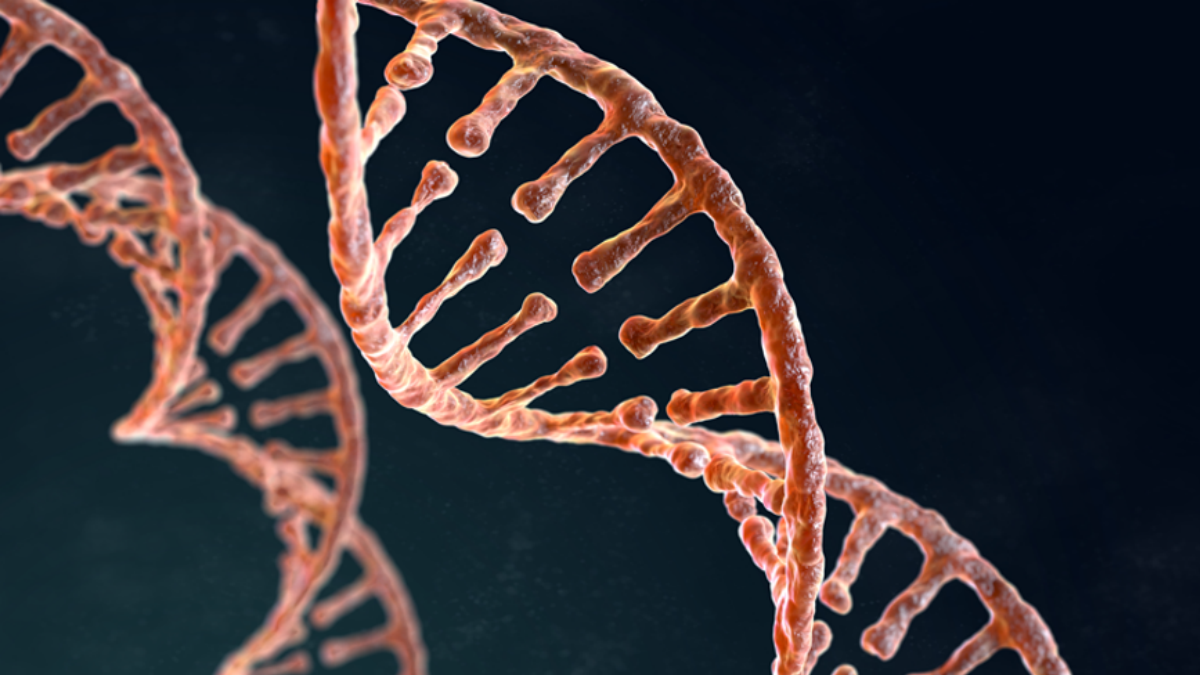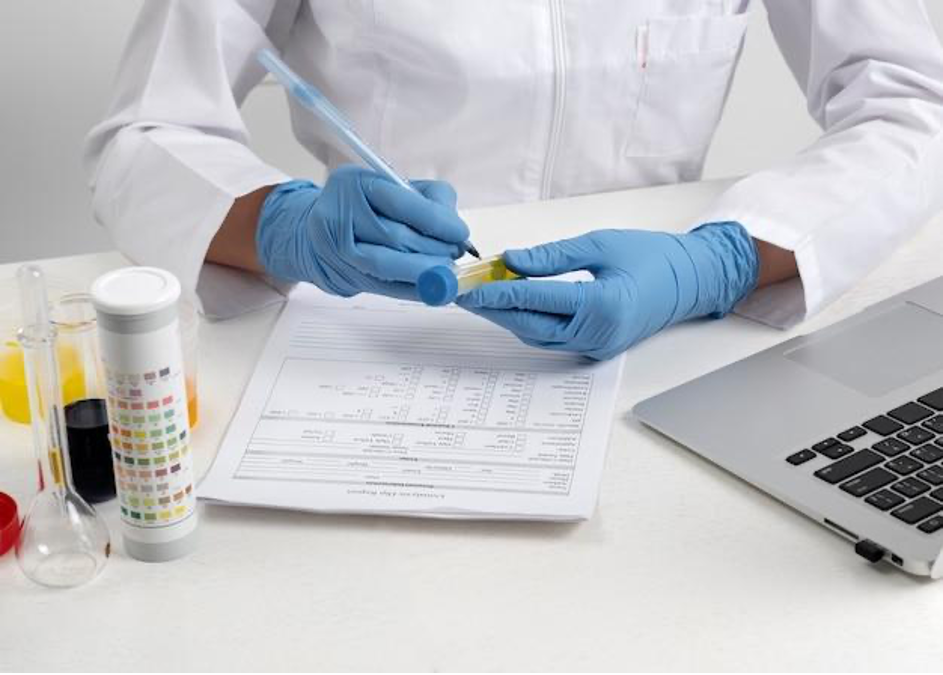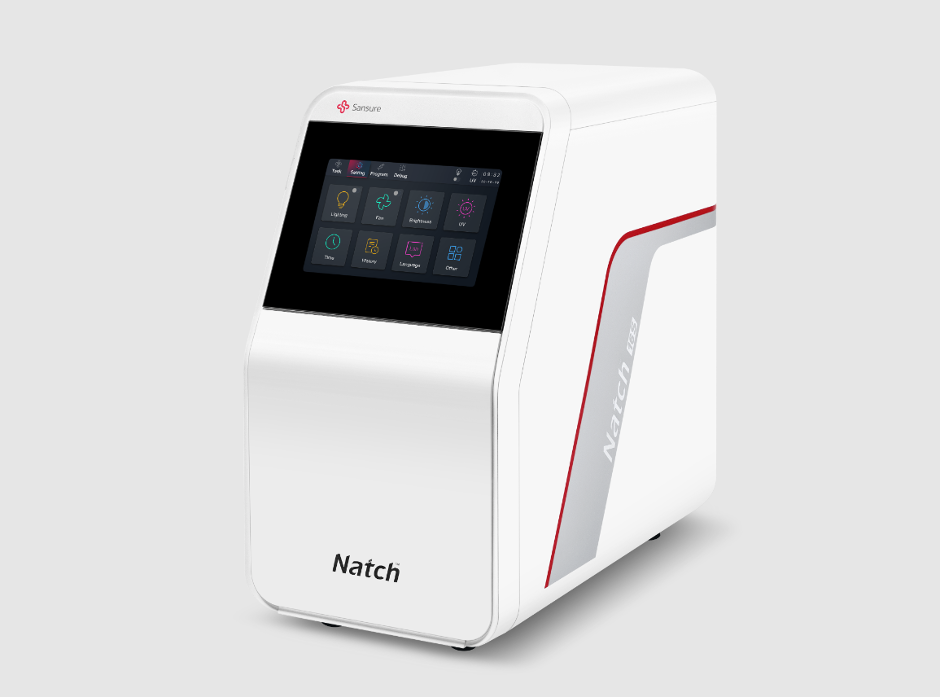
When it comes to testing for STDs, respiratory tract infections, gastrointestinal diseases, and even general viral infections, nucleic acid extraction remains one of the preferred methods. It helps to retrieve genetic materials from the patient’s sample, which can then be investigated. There are various applications where the technique proves useful, and choosing the right method is an important starting point. In this article, we’ll compare different types of nucleic acid extraction methods to offer you valuable information about this technology.
Table of Contents
Different Types of Nucleic Acid Extraction Methods
Not every nucleic acid extraction method works in the same way. Laboratories need to understand the differences to help them determine which option is most appropriate for their testing procedures. This article will take a closer look at the main types of extraction methods in this section.

● Magnetic Beads
Magnetic beads are definitely a good option when it comes to using a selective method to extract DNA materials from a sample. DNA binding proteins are placed around magnetic beads. The system then performs nucleic acid extract, but only for specific genetic materials required for the study or diagnostics process. Magnetic bead nucleic acid extraction can be used on blood, environmental, and tissue samples.
● Solid-Phase
The solid-phase method uses a solid matrix to help extract nucleic acid from the sample. The matrix the testing procedure uses will bind to the nucleic acids found in the sample. This method is the basis of many extraction methods.
● Guanidinium Thiocyanate-Phenol-Chloroform Extraction
A combination of chloroform and phenols is used to help separate nucleic acid from the proteins and other components present in the sample being tested. It is one of the more time-consuming nucleic acid extract methods and holds some hazards to it.
● Cesium Chloride / Ethidium Bromide Gradient Centrifugation
A method that allows nucleic acid to be separated from other materials based on their size. A gradient of cesium chloride is used in this particular method.
Magnetic Bead Technology Rated Top For Nucleic Acid Extraction
While there are different nucleic acid extraction method options that labs can turn to, the use of magnetic bead technologies continues to rise in popularity. This technology can be used for greater precision when nucleic acid needs to be selectively extracted.
Magnetic bead extraction minimizes the risk of contamination, which helps to ensure the samples remain pure, thus guaranteeing the diagnosis made for the patient is accurate and further tests can often be avoided.
This nucleic acid extraction method is also much easier to use compared to many of the other available options. A faster turnaround time is also an essential benefit of magnetic beads. Time is precious when diagnosing diseases in patients, which is why a quicker processing time is highly beneficial for the laboratory setting. Therefore, magnetic bead technology is a relatively optimal extraction method.
Sansure Natch 16S Nucleic Acid Extraction System
Labs and certain testing facilities heavily rely on the right equipment to ensure they can perform an accurate analysis of samples collected from patients. When the right equipment is on hand, it’s easier to ensure diagnostic tests can be done. Sansure understands the importance of high-quality equipment in these medical settings, which is why the company is dedicated to producing high-quality diagnostic tools for labs.
The Natch 16S Nucleic Acid Extraction System is currently a popular choice from Sansure and provides many useful features in diagnostics.

- Mixing Modes: The Natch 16S Nucleic Acid Extraction System offers 10 different mixing modes, providing flexibility in choosing the most appropriate mixing strategy for specific samples.
- Anti-Contamination Measures: Contamination control is crucial to maintain the integrity and quality of the extracted nucleic acids. The Natch 16S Nucleic Acid Extraction System includes built-in UV lamps and an air filtration system to minimize the risk of contamination during extraction.
- Cutting-edge technology: The machine delivers fast results and uses magnetic bead technology to ensure the precision of the extraction process.
- Operation Mode: The extraction system utilizes a touch control interface, offering intuitive navigation and allowing users to adjust parameters easily.
Conclusion
Sansure was first established in 2008. For over a decade, the company has been producing top-quality equipment that helps improve the diagnostics process in laboratories and testing facilities. With the advanced models from the company, labs can have much faster turnaround times and effectively avoid delays in the diagnosis process. The company offers friendly customer support and can work with the lab to determine the proper setup and range of equipment.